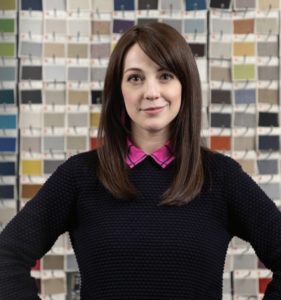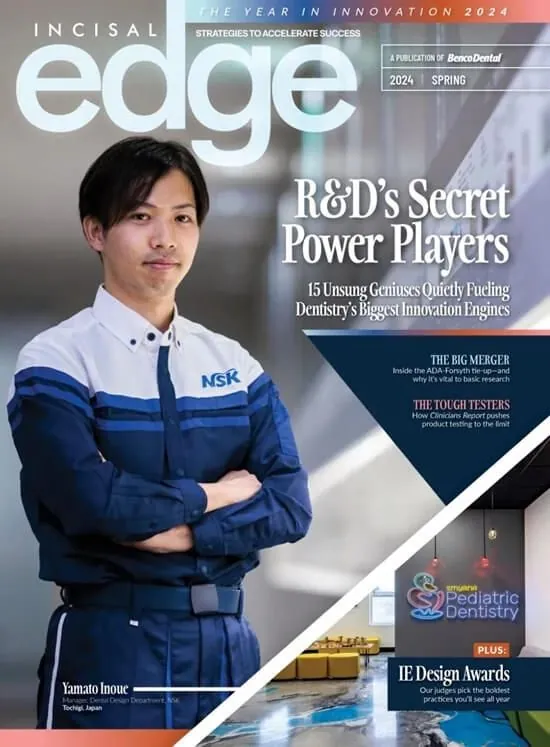Remaking your practice’s aesthetics to promote both safety and the patient experience merely requires cleverly playing whatever cards you’re dealt.

MELISSA SPRAU, NCIDQ manages Benco Dental’s team of CenterPoint designers. A graduate of Moore College of Art & Design, she has more than 12 years of experience in facilities planning for a large health-care system and interior design with several architecture firms.
NEW PROTOCOLS, plexiglass everywhere, hand sanitizer, minimalist furniture, PPE … While it’s all necessary right now, it’s not exactly helping to reduce the stress that anxious patients already generally feel. Since Covid-19 likely isn’t going away anytime soon, now is a great time to revisit some design fundamentals in your practice, especially if you’re already making changes anyway, such as dividing formerly open treatment areas or replacing your homey reception area with more conspicuously clean, simple furnishings.
Let’s start by erasing a common misconception: Design, especially in health care, isn’t first and foremost about making spaces beautiful through color, texture, pattern, light, furniture and accessories. It’s really about leveraging those tools to craft experiences that connect people to place and conjure the right feeling and frame of mind for occupants. While a great-looking space is always the desired outcome, constructing a positive overall experience through the cohesion of different elements is the overriding goal. It sounds complicated, but it doesn’t have to be. Here are three basic things you can do that will make a big impact.
- If you’re building from scratch, or reconfiguring your office’s layout, be sure to identify the areas of your building with the best light and most soothing views, and then do your best to situate patient-care areas there. If natural light isn’t available everywhere you need it, you can borrow it by using translucent materials. Streaming light from places where it exists to areas where it doesn’t creates a sense of “daylight awareness,” the next best thing.
- Views of nature are calming and reassuring, but they’re trickier to provide in urban environments, office parks, strip malls and other high-traffic areas that make great business sense but don’t lend themselves to tranquil patient experiences. Skylights and long, horizontal windows allow you to let sun and sky in while blocking out parking lots, Dumpsters, neighboring buildings and any unappealing or even stressful sights. Adding translucent blinds or shades on certain portions of existing windows is a cost-effective way to obscure unsightly views without blocking light or making major changes to your building.
- When placing artwork, walk through your practice from a patient’s point of view to identify the best locations. Some questions to ask: What’s in a patient’s view when entering the building, sitting in reception or easing into the treatment chair? Which places along the patient’s circulation path could use some interest or visual milestones? Once you’ve identified areas where artwork will go, make sure you choose pieces that are sized appropriately for the wall and mounted at the right height (the center of the piece should be at eye level).
Even if you can’t address all three of these points completely, any progress you make will pay off. Opening up dark, confining spaces instantly transforms them from claustrophobic to welcoming. Letting in views of the world outside further reduces human stress by creating a visual breath of fresh air. Finally, adding interesting pops of well-placed artwork significantly cuts the monotony factor, giving rooms and hallways a gallery-like feel that is sure to engage the mind. Almost as though by magic, your patients’ senses are directed toward positive things that enhance their experience—and it’s all as simple as reshuffling whatever design cards you’re dealt.
MELISSA SPRAU, NCIDQ manages Benco Dental’s team of CenterPoint designers. A graduate of Moore College of Art & Design, she has more than 12 years’ experience in facilities planning for a large health-care system and interior design with several architecture firms.



